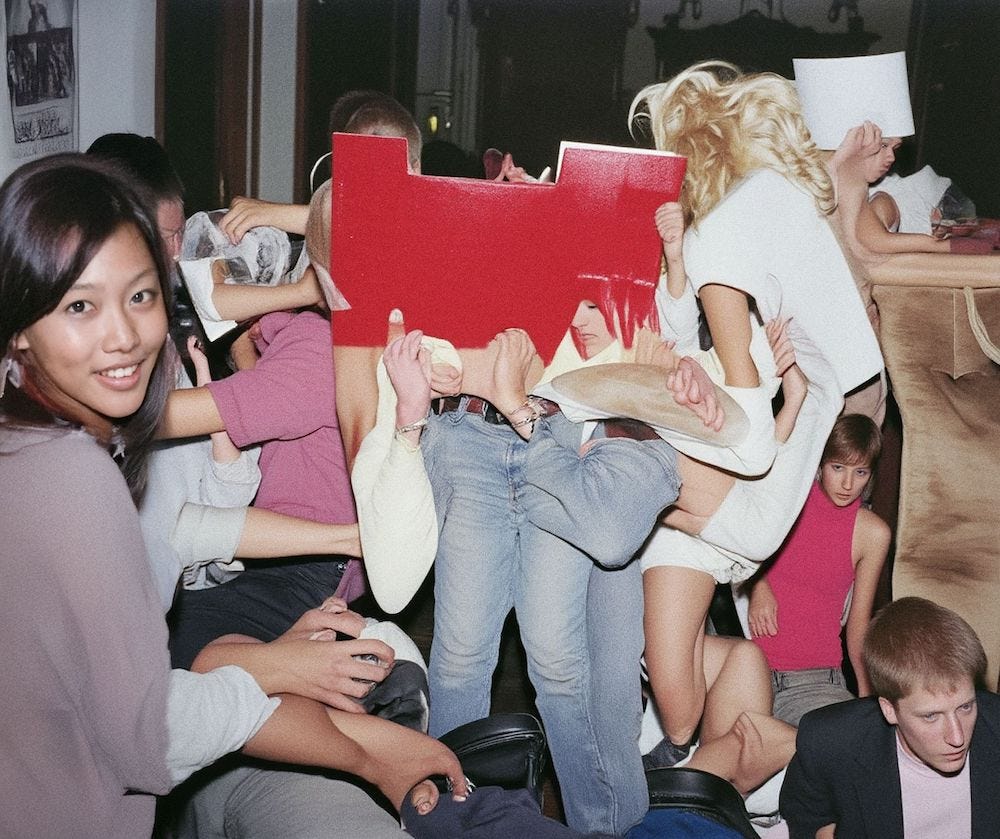Wait... is this the end of real shoots?
19 photographers, including Charlie Engman, Estelle Hanania and Vincent van de Wijngaard, plus an agent, react to H&M’s AI campaign.
Welcome to AI’m Scared, a series in which we explore the impact – good and bad – of AI on fashion and the creative industries.
When H&M unveiled its latest campaign featuring AI-generated models, it hit a nerve.
For an industry built on the human touch – the collaboration between photographers, stylists, models, set designers, and countless other creatives – the move felt like a jarring step into a future many had feared but few expected to arrive so suddenly.
The announcement had many of us asking, what does this actually mean for the people who have built careers – and identities – around making images? What does it mean for the craft of photography, for employment in an already precarious field, and for the authenticity that fashion media has been inching toward in recent years?
So, we reached out to those at the heart of it: 17 photographers and one agent, spanning a range of experience, style, and background, to weigh in on a central question: What do you think H&M’s use of AI-generated models means for creativity, employment, authenticity, and the future role of photography in fashion media?
Their responses are thoughtful, honest, and, in many cases, deeply personal. Some speak from direct involvement or conversations within the industry. Others reflect on broader philosophical and economic implications. What emerged is a collective portrait of an industry in flux – torn between innovation and erosion, excitement and fear, pragmatism and protest.
Some of the recurring themes and provocations include:
Collaboration is irreplaceable: AI can’t replicate the creative energy that comes from real humans working together.
The illusion of innovation: Many see this as a cost-cutting move dressed up as progress.
AI reveals what the industry really values: It's not artistry but speed, control, and margins.
It’s not just H&M: This is a symptom of a deeper systemic shift already underway.
A call to action: From unionising to redefining authenticity, creatives are imagining ways to resist and rebuild.
A strange optimism: Some believe that AI’s rise could make truly human work more valuable, not less.
“I don’t think anyone is looking to H&M for creativity or authenticity. The fast fashion business model has always been extractive – it offers cheap imitations of ideas, aesthetics, lifestyles, and now, human bodies. H&M’s use of AI simply accelerates dynamics already driving the global crisis of inequality – dynamics that are also present in luxury and independent brands, by the way.
The fashion system as a whole is complicit in the cannibalisation of its own value. Producers and consumers alike have been systematically conditioned to expect more, faster, and cheaper. H&M is fully aware that people broadly disapprove of its practices, but it also knows that most will come down from their moral high horse for a €2 T-shirt.
This is not an AI issue, nor a crisis of artistic integrity. It is a labour issue – symptomatic of a broader economic system that rewards profit and productivity over care. Addressing it requires more than discourse; it demands regulation, structural reform, and renewed collective bargaining power. If the fashion industry is serious about confronting this crisis, conversations about unionisation need to be at the forefront, in my opinion.”


